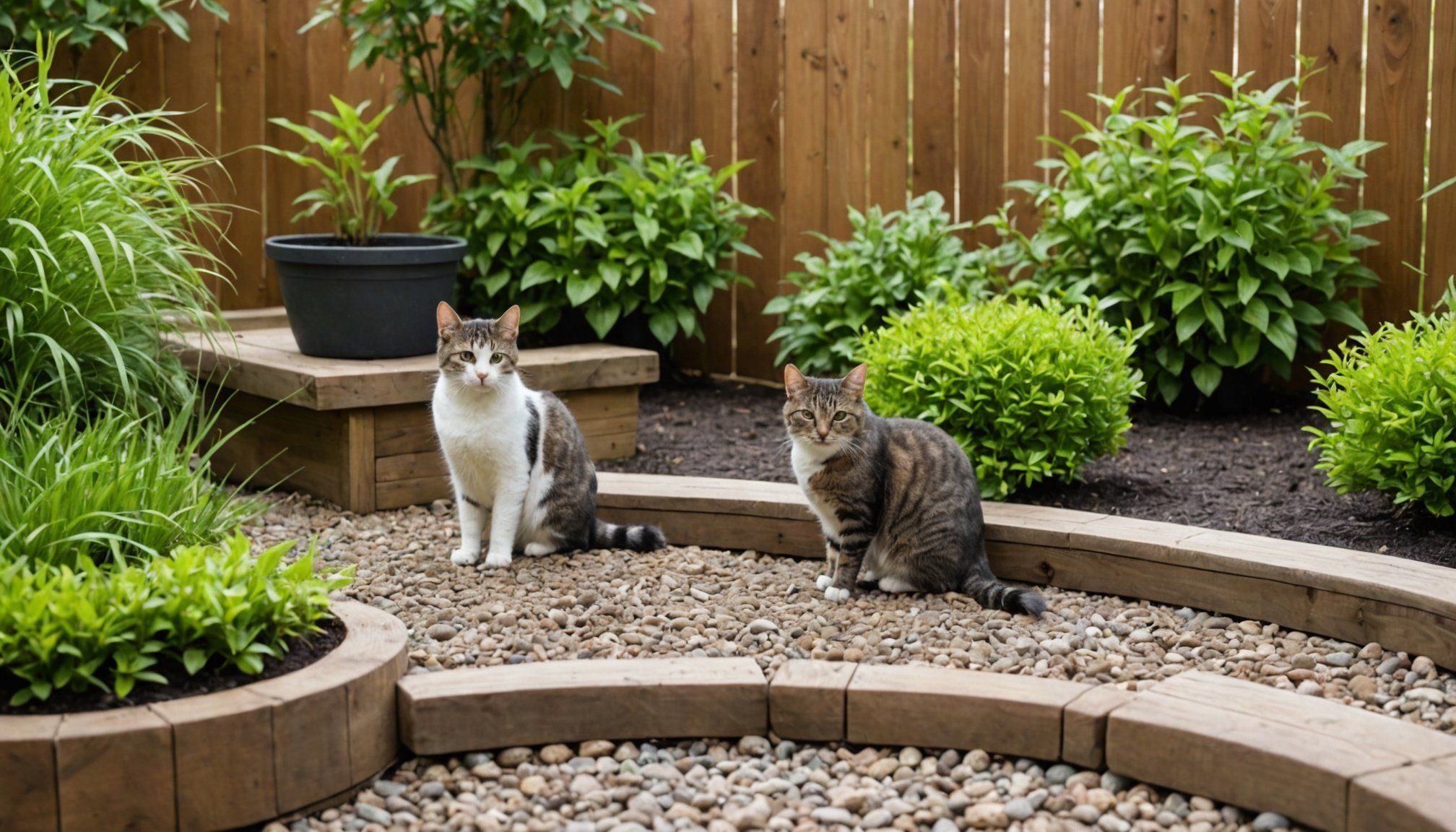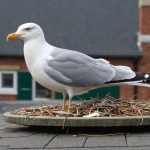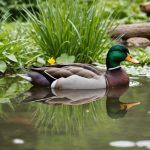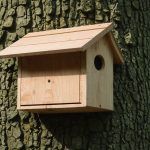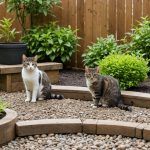Designing the Outdoor Sensory Garden
Crafting an engaging sensory garden design for cats involves several thoughtful considerations. One crucial aspect is the selection of key elements to ensure optimal sensory stimulation. Incorporate a variety of plants with different textures and scents, such as catnip and lavender, to captivate their interest. The inclusion of flowing water features can provide calming auditory stimulation.
When planning outdoor cat spaces, it is essential to consider the layout and spatial awareness to allow cats ample room to roam and explore. An intelligently designed space with pathways and clear sections can facilitate this. For cats with specific needs, such as the visually impaired, strategic placement of elements can aid their orientation and movement within the garden.
A voir aussi : Designing a purrfect work environment: engaging your cat while you work from home
Incorporating various textures and safe materials is vital for an enriching experience. Use soft grasses, rolling logs, and climbing structures to add layers of interest. These elements not only enhance the sensory environment but also support physical activity and mental engagement. Ensuring all materials are safe and non-toxic is paramount in creating a haven that encourages exploration while keeping your feline friends safe. Through careful planning, you can design a sanctuary that supports diverse sensory experiences, providing joy and stimulation to all cats, regardless of their unique needs.
Plant Recommendations for Cats
When it comes to ensuring your feline friend is safe and stimulated, choosing the right plants can make all the difference. Horticulture for pets isn’t just about beauty—it’s about creating an enriching environment.
A lire aussi : Guide to a happy transition: top tips for easing your cat into their new home
Edible Plants
Edible plants are a great way to introduce cat-safe plants into the home. Catnip and cat grass (such as oats or wheatgrass) are popular choices. Not only do these herbs provide sensory benefits, they also encourage playful behaviour. For visually impaired cats, adding non-toxic, long fronds can enhance their tactile exploration.
Aromatic Plants
Cats rely heavily on their sense of smell, especially if they have visual impairments. Safe aromatic plants, like valerian and lemongrass, serve as scent-based guides. These plants not only stimulate their sense but also help in soothing and calming them.
Textured Plants
For tactile exploration, incorporating plants with varying textures is key. Spider plants and ferns offer a low-maintenance yet texturally diverse experience. These options can thrive with minimal care and provide your cat with the sensory experience it needs to navigate its surroundings safely.
Sensory Elements to Enhance the Experience
When creating an enriching cat environment, it’s vital to consider those features that stimulate a cat’s hearing and touch. Sensory elements for cats can make their surroundings more engaging and enjoyable.
Incorporating sound-producing items, such as wind chimes or bells, can captivate a cat’s interest, offering them soothing or intriguing auditory stimuli. These elements are particularly beneficial for outdoor cat entertainment, as they can provide new sounds that mimic the natural world, engaging a cat’s curiosity and instincts.
Tactile enrichment is just as crucial. Creating tunnels and climbing structures allows for exploration and adventure, encouraging cats to unleash their innate hunting skills. These structures not only serve as excellent interactive play spaces but also help keep cats physically active and mentally stimulated.
Consideration for these sensory elements ensures cats have a variety of stimuli, promoting both health and happiness. By designing spaces that cater to their sense of touch and sound, we aim to create an enriching experience that resonates on multiple sensory levels. These thoughtful inclusions can transform ordinary environments into dynamic habitats that fulfill the diverse needs of our feline companions.
Safety Considerations
Ensuring safe outdoor spaces for cats is essential for pet owners who desire a balanced environment where feline exploration meets safety. One of the primary concerns is the identification and mitigation of potential dangers in garden design. Cat safety in gardens can be compromised by plants that are toxic or harmful if ingested. Thus, it is crucial to choose plants carefully and remove or fence off any that pose a risk.
Equally important is the importance of secure fencing. Cats are agile and curious, making them prone to wander. A secure garden should have fencing high enough or specially designed to prevent cats from escaping. Supervised exploration adds an extra layer of protection, enabling owners to intervene if a cat finds itself in a precarious situation.
Preventing hazards in sensory gardens also includes the safe use of pesticides and fertilizers. These substances can be toxic to cats if ingested. Opt for organic or pet-safe alternatives and apply them carefully to minimise exposure risks. A garden safe for cats balances aesthetic appeal with functional safety, ensuring peace of mind while allowing them to enjoy the outdoors free from hidden threats.
Maintenance Tips for a Sensory Garden
Maintaining a sensory garden that is both engaging and safe for your pets requires regular attention. Routine checks are essential to ensure your garden remains a welcoming haven. Start by inspecting the garden for any hazards that might have emerged, such as sharp sticks or toxic plants, to keep it pet-safe.
Seasonal tips play a crucial role in maintaining plant health and garden aesthetics. In spring, focus on planting a variety of textures and scents to stimulate your pet’s senses. Summer might require more frequent watering to keep plants thriving, and autumn is an ideal time for pruning to promote healthy growth.
When it comes to ground cover, choosing between mulch and other materials is vital for garden upkeep. While mulch offers benefits like moisture retention and weed suppression, it’s essential to choose pet-safe options. Some mulches, like cocoa mulch, contain toxins harmful to cats. Alternatives such as wood chips or grass clippings can be safer options, though they might not fully prevent weeds.
By incorporating these maintenance practices, you’ll ensure your garden not only flourishes but also remains a delightful retreat for your furry companions.
Personal Anecdotes and Case Studies
Creating a sensory garden tailored to cats’ needs can be transformative, as illustrated by several sensory garden success stories. A notable success story involved a pet owner named Sarah, who constructed a sensory-rich garden for her visually impaired cat, Luna. This space, filled with aromatic herbs and tactile surfaces, significantly improved Luna’s activity levels and emotional well-being.
Real-life examples of cat gardens aren’t just limited to Sarah’s experience. Take the case of Mike, who designed a garden with different textures and sounds to engage his blind cat, Charlie. Mike’s garden included elements like rustling grasses and bells, providing interactive play without relying on sight. This not only enriched Charlie’s life but offered Mike a renewed bond with his pet.
From these stories, several key adjustments emerged. Ensuring varied textures underfoot, incorporating sound and scent-rich plants, and maintaining a safe, enclosed space were vital. These firsthand testimonials from pet owners highlight the importance of observing how specific elements affect different cats, allowing for continuous improvement and customisation of their environments. These anecdotes serve as powerful testaments to the tangible benefits of thoughtfully planned sensory gardens.

